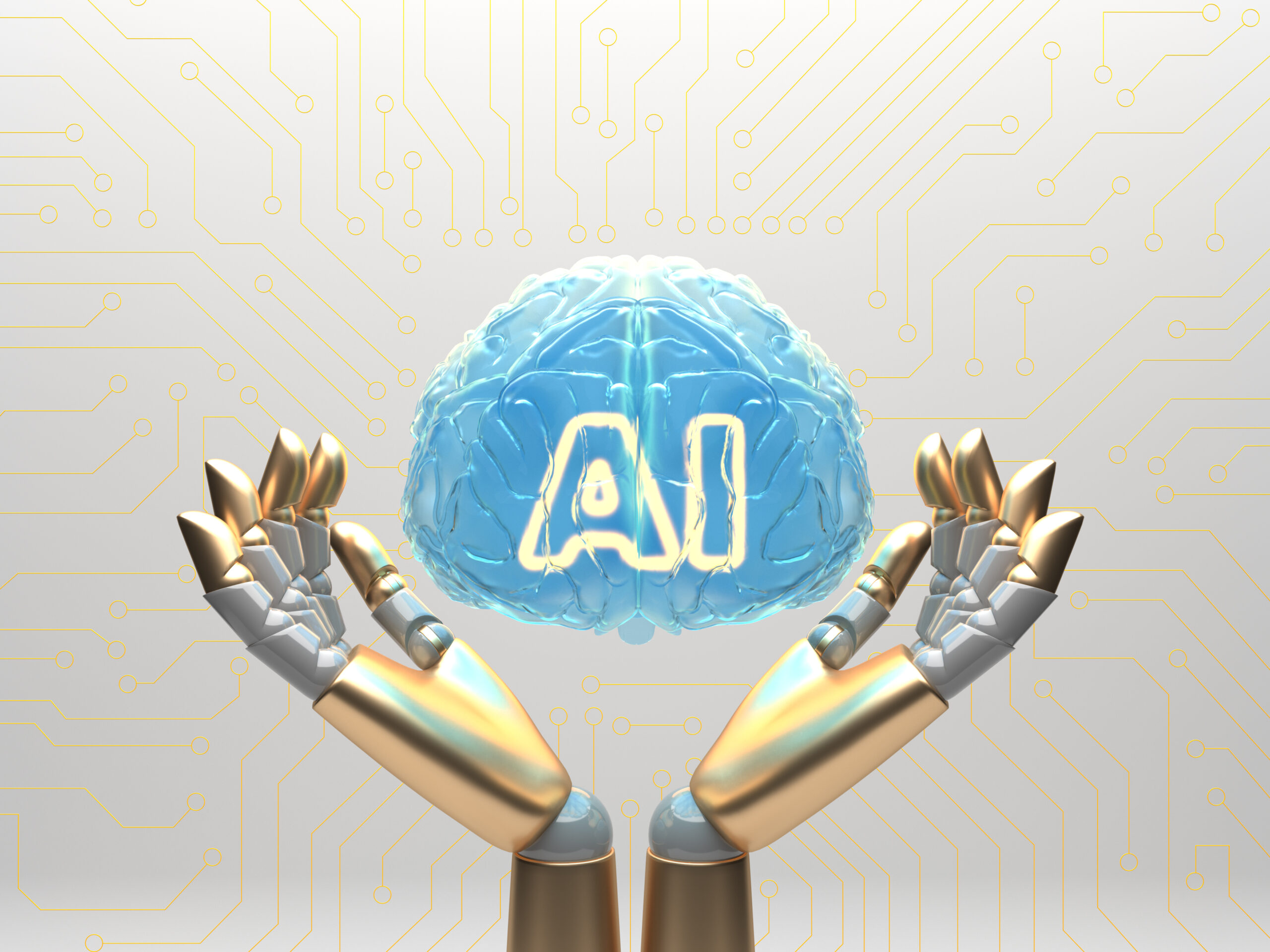Artificial Intelligence (AI) has taken the world by storm, with many industries incorporating it into their operations to improve efficiency and accuracy. The arts are no exception, as AI has been shown to have immense creative potential. With the use of machine learning algorithms, AI is revolutionizing the way we create, consume, and appreciate art. In this article, we will explore the creative potential of machine learning and how it is changing the world of art.
1. Generating Art with Machine Learning
One of the most exciting applications of machine learning in the arts is the ability to generate art. Machine learning algorithms can be trained on a large dataset of images, music, or text, and can then generate new works based on what they have learned. For example, the Google DeepDream project uses machine learning algorithms to generate psychedelic and surreal images by finding patterns in existing images and amplifying them.
AI-generated art has been gaining traction in the art world, with some works selling for millions of dollars. AI-generated art is often seen as a collaboration between the artist and the machine, as the machine provides new insights and possibilities that the artist might not have thought of otherwise.
2. Enhancing Creativity with Machine Learning
Machine learning algorithms can also be used to enhance creativity in the arts. For example, the Adobe Sensei AI platform uses machine learning algorithms to suggest color schemes, fonts, and layouts for graphic designers. This helps designers explore new ideas and push the boundaries of their creativity.
Similarly, machine learning algorithms can be used to analyze and understand the style and techniques of famous artists. This knowledge can be used to create new works of art that are inspired by the styles of these artists. For example, a machine learning algorithm could analyze the works of Vincent Van Gogh and then generate new paintings that are inspired by his style.
3. Facilitating Collaboration with Machine Learning
Machine learning algorithms can also facilitate collaboration between artists. For example, the AI art platform Artrendex uses machine learning algorithms to match artists with collectors based on their interests and preferences. This helps artists find new audiences for their work and enables collectors to discover new artists that they might not have found otherwise.
Similarly, machine learning algorithms can be used to facilitate collaboration between artists from different backgrounds and disciplines. For example, a machine learning algorithm could analyze the works of a painter and a musician and then generate new works that combine elements of both disciplines.
Conclusion
AI is revolutionizing the world of art by providing new opportunities for creativity and collaboration. Machine learning algorithms can generate new works of art, enhance creativity, and facilitate collaboration between artists. As the technology continues to develop, we can expect to see more exciting applications of AI in the arts. AI-generated art may never replace human creativity, but it can certainly augment it and inspire us to explore new ideas and possibilities.



